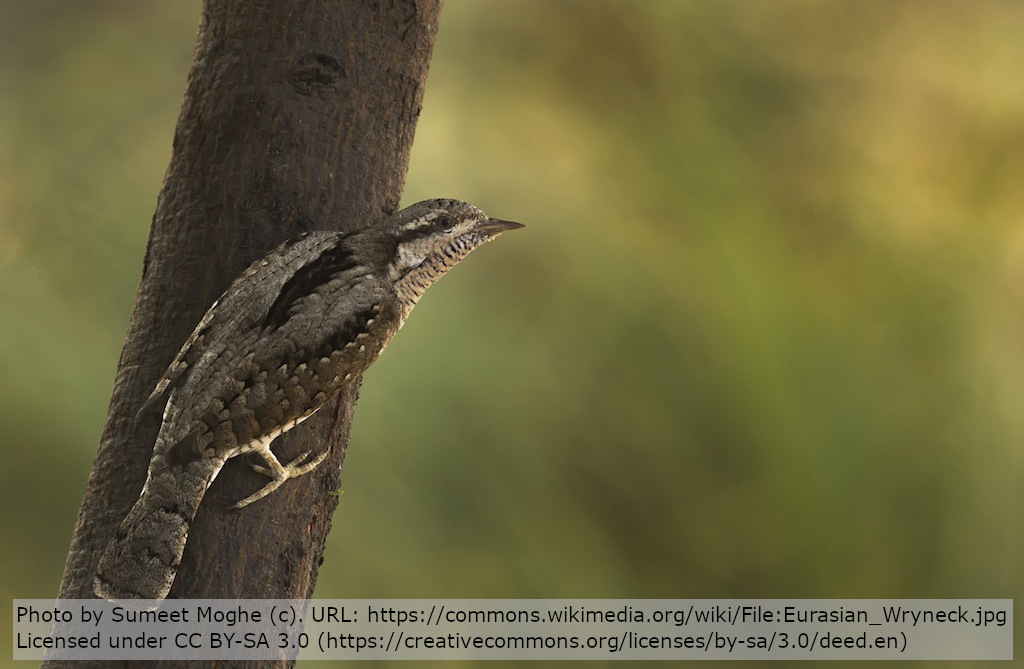Häckningsframgången hos göktyta Jynx torquilla under de senaste fyrtio åren i Sverige
DOI:
https://doi.org/10.34080/os.v13.22817Nyckelord:
häckningsbiologi, ringmärkning, kullstorlek, hot, habitatdegraderingAbstract
The Swedish population of Wrynecks Jynx torquilla has decreased at least during the last decades. The reason can be worse breeding success, fewer breeding places, or problems in the wintering areas. This study compares brood size at ringing and number of ringed broods between the periods 1962—1981 and 1982—2001. Breeding success did not decrease. On the contrary, a small but significant increase was shown, from 6.7 to 7.1 young per brood. Despite this the number of ringed broods declined from 1,016 to 449. Deducting an observed 15% loss between ringing and fledging, 5.7–5.8 young would fledge from broods that were not deserted before ringing. Wrynecks lay about 10 eggs, so the loss to fledging is high, but despite this the observed brood size ought to be enough to maintain a stable population if mortality alone were to be compensated, indicating that habitat loss is the most likely explanation for the decline, probably diminishing area of pasture with fewer grazing cattle which in turn decrease the abundance of the ant species on which the Wrynecks feed.
Nedladdningar

Downloads
Publicerad
Referera så här
Nummer
Sektion
Licens
Författaren/författarna innehar copyright för varje enskilt bidrag, men samtliga bidrag är publicerade under en Creative Commons-licens, så att vem som helst kan dela och återanvända bidraget förutsatt att copyright-innehavaren erkänns.







